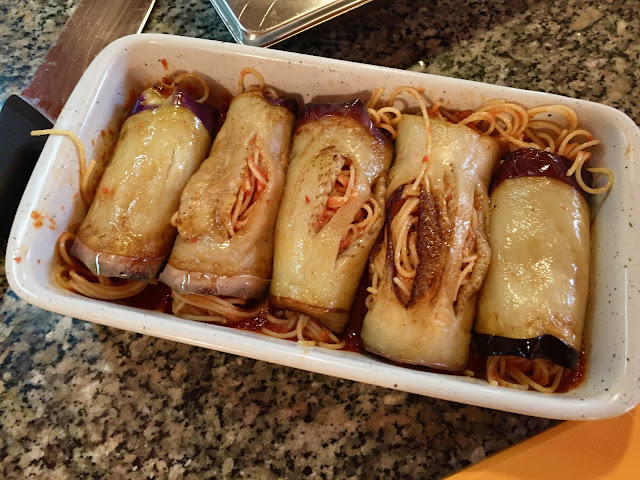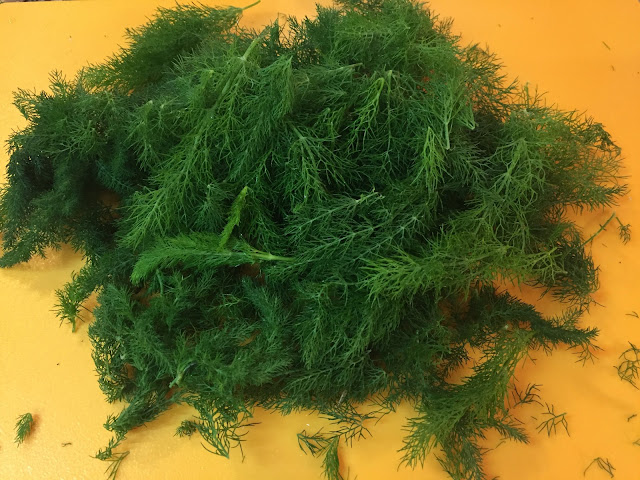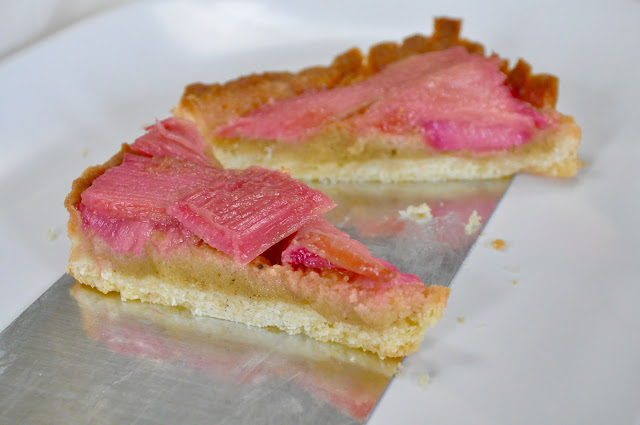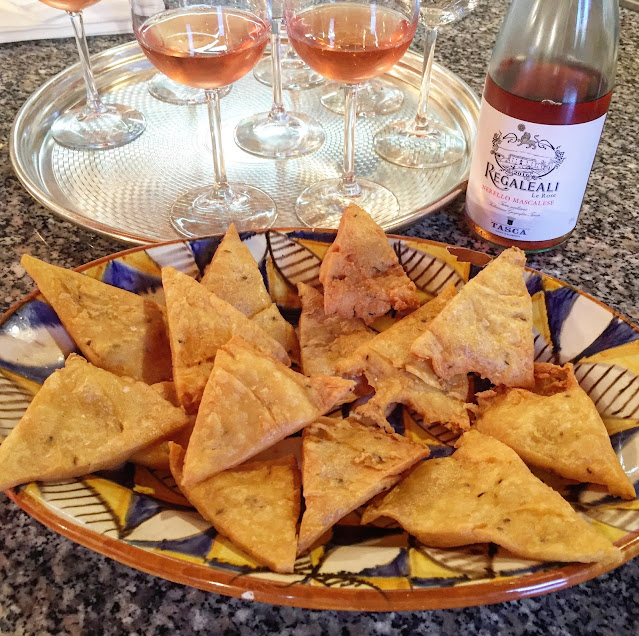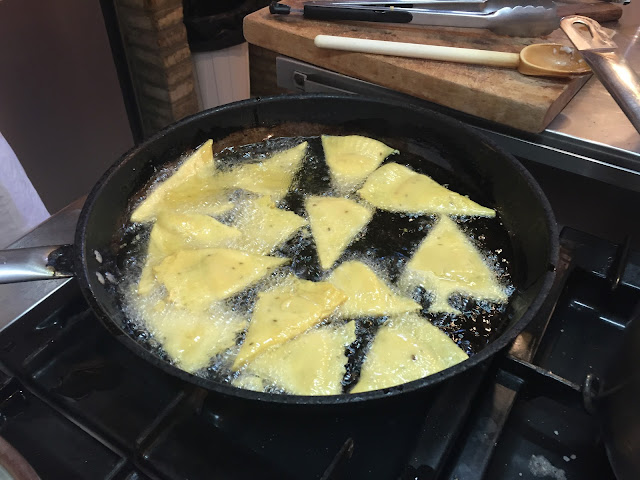 Among other things, Sicily is famous for cannoli, those crunchy, ricotta filled delicacies that are ubiquitous in Palermo and throughout the island. So it was only natural that we would be making them in one of our classes at the Anna Tasca Lanza cooking school.
Among other things, Sicily is famous for cannoli, those crunchy, ricotta filled delicacies that are ubiquitous in Palermo and throughout the island. So it was only natural that we would be making them in one of our classes at the Anna Tasca Lanza cooking school.I have a real weakness for cannoli and there are plenty of good ones to be had near where I live in the Northeast U.S., but I never buy a cannolo (singular of cannoli) that’s already filled, unless it’s done right in front of me. There’s nothing worse than a soggy cannolo shell. (Well, actually there are plenty of worse things, but you get the point.) Eating a soggy cannolo is just not worth the calories.
But eating them in Sicily with sweet, creamy fresh sheep’s milk ricotta that was just made, and shells that were crunchy yet tender, well, that’s a whole different ball game.
Don’t be afraid to make them at home. I made them for the first time decades ago, when I was a neophyte in the kitchen, and they’re not hard at all. If you can make pasta, you can make cannoli. It’s a similar procedure. You do need metal tubes to shape them, however, or if you’re handy with a saw, you can make your own forms from wooden dowels.
By the way, for the word nerds out there, the word cannolo is a diminutive of the Italian word “canna,” which means “reed” or “tube.” There’s a famous Italian book called “Canne Al Vento,” (“Reeds in the Wind”) written by the only Italian woman to win a Nobel prize in literature — Grazia Deledda.
But back to the cannoli directions. The first thing to do is mix the dough, then knead it, and run it through a pasta machine at increasingly thin settings. If you’re a real purist and you’ve got strong arms, you can roll it by hand with a rolling pin.
Then cut it into circle shapes, using either a large circle cutter, or use a small plate as a template and cut around the perimeter with a knife. Then roll around the metal or wooden form, sealing with some water, overlapping slightly.
Drain and cool them, then fill with the ricotta and chocolate chip mixture. You can use a small spoon to do this, but if you have a large quantity, a pastry bag speeds things along.
Serve with a sprinkle of powdered sugar, and bits of candied orange peel and/or chopped pistachios, and watch them disappear.
Cannoli con Ricotta
- 2 cups all-purpose flour
- 4 tsp. lard
- 2 tsp. sugar
- 2 tsp. unsweetened cocoa powder
- pinch of fine sea salt
- 1/4 cup vinegar or wine, or as needed
- 1 egg, lighten beaten, for egg wash
- vegetable oil, for flying
- Ricotta Cream
- 1 1/2 cups whole-milk ricotta, preferably sheep’s milk
- 1/2 cup sugar, or to taste
- chocolate chips, optional
- candied orange peel, chopped pistachios, to garnish
- Make the cannoli shells:
- Combine the flour, lard, sugar, sauce and slat in a bowl and mix together with your hands.
- Add the vinegar, bit by bit, and knead until the dough comes together. The dough should be quite stiff.
- Set a pasta machine to the widest setting.
- Take a piece of dough and run it through the machine 7 to 10 times at that setting, folding the dough in half each time before rolling it again.
- When the dough is very even, continue to roll it through the machine, once at each setting without folding, until you reach the next to last setting. (The dough should be very even and silky).
- Lay the dough out onto a lightly floured work surface and with a lightly floured 4 inch cookie cutter, cut out rounds (use a small plate as a template if you don’t have a cookie cutter)
- Wrap the dough rounds around metal or wooden cannoli molds, dab the edge with egg, and press to seal.
- Repeat with the remaining dough, retooling the scraps.
- Heat 2 inches of oil in a wide, heavy pot over medium high heat.
- Add the cannoli shells in batches and fry until the shells have become bubbly, crisp, and browned, 4 to 5 minutes.
- With tongs, transfer to paper towels to drain.
- Cool and remove the molds carefully.
- To Make the ricotta cream:
- Beat together the ricotta and sugar until smooth and creamy. Add the chocolate chips, if desired. With a small spoon, fill the cannoli shells, then decorate with the candied orange peel and pistachios, and dust with powdered sugar.

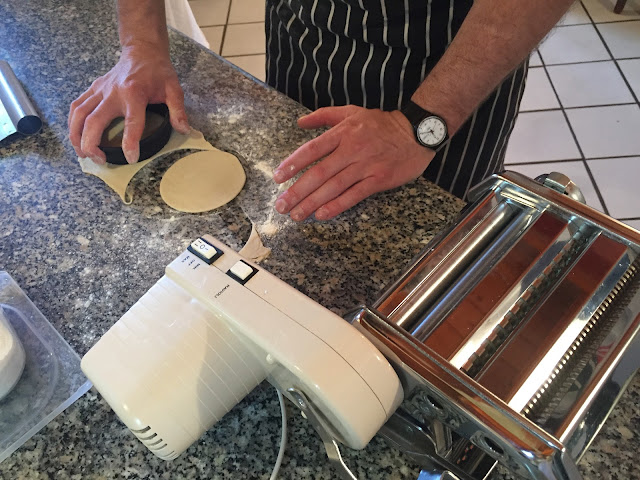






.jpeg)
